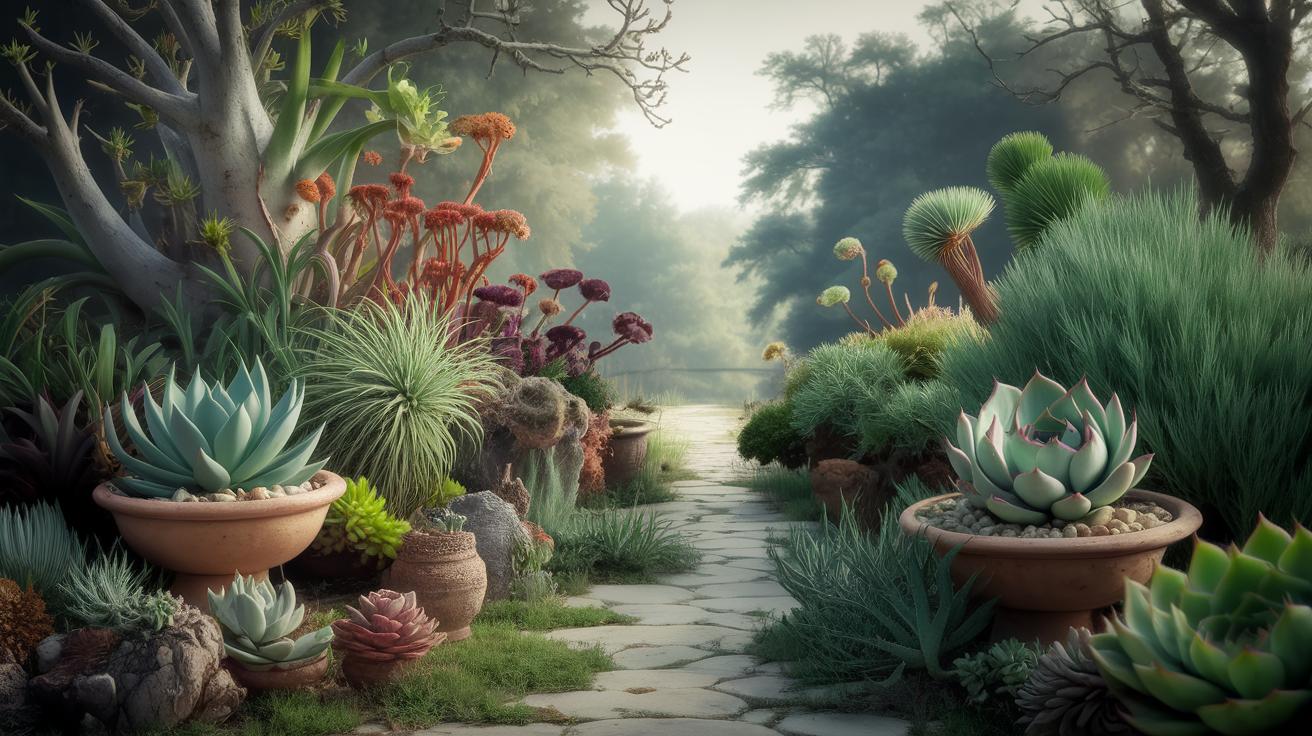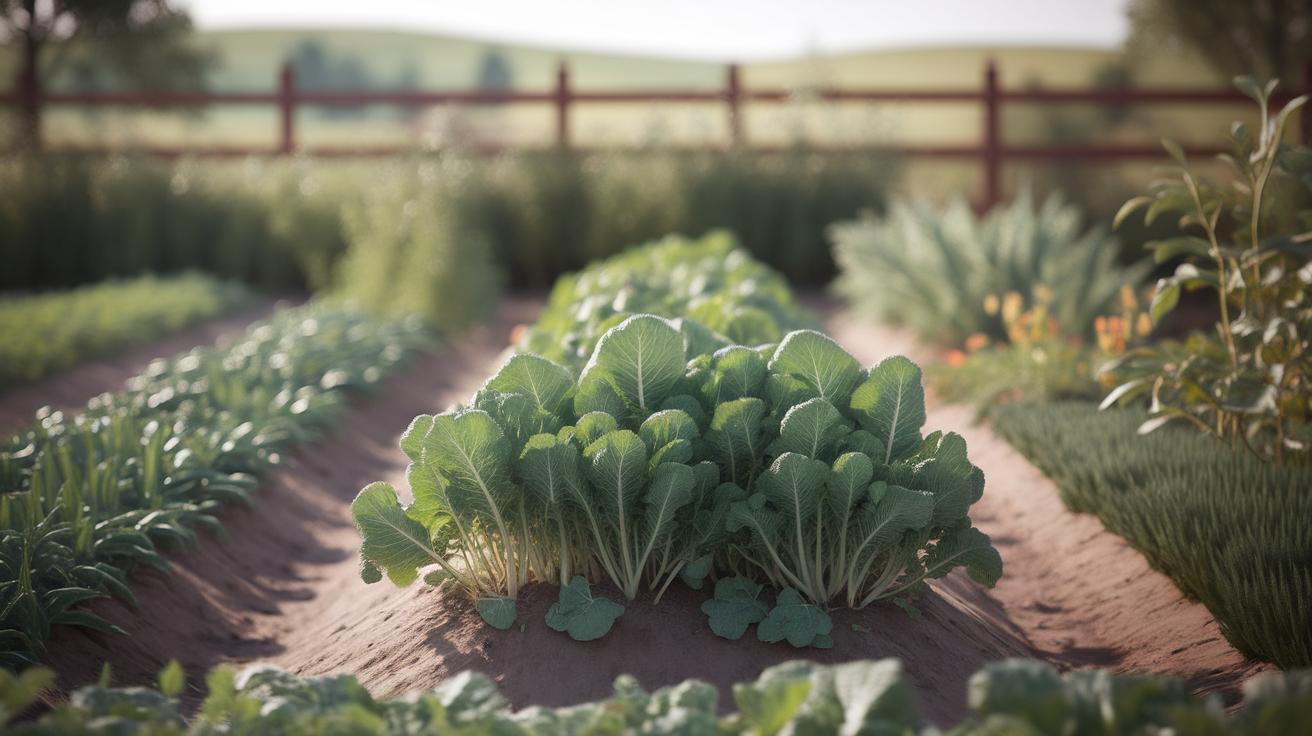Introduction
The world of plants is full of wonders, particularly when it comes to unusual plants that captivate the imagination. These remarkable green wonders not only add aesthetic value to gardens and homes but also showcase extraordinary adaptations that help them thrive in diverse environments. From plants that look like stones to those that bloom in vibrant colors, exploring these unique greens offers insight into nature’s creativity and resilience, revealing how life can flourish in the most unexpected ways.
This article aims to delve deep into the characteristics, habitats, and cultivation practices of unusual plants. We will uncover fascinating examples of these flora and their stories, inviting gardening enthusiasts and nature lovers alike to embrace these distinctive varieties. Emphasizing the importance of biodiversity and the roles these plants play in our ecosystems, readers will come to appreciate the richness and diversity of life that unusual and unique greens bring to the planet.
The Fascinating World of Succulents Explore the characteristics that make succulents unique among the unusual plants

The world of succulents is a captivating ecosystem highlighting the incredible adaptations these plants have made to thrive in arid climates. Their unique ability to store water in specialized tissues allows them to endure long periods of drought, showcasing a proven resilience against harsh conditions. This adaptability is further seen in their diverse range of species, from the striking Echeveria to the stately Agave, each exhibiting unique characteristics and colors. These remarkable plants not only enrich the beauty of landscapes but also play an essential role in their ecosystems. Succulents contribute to soil stability, provide shelter for small wildlife, and promote biodiversity, all while thriving in conditions where many other plants would perish.
Introduce Lithops: The Living Stones
Lithops, often referred to as “living stones,” present a striking example of nature’s ingenuity. Their fascinating stone-like appearance allows them to seamlessly blend into their rocky surroundings, providing excellent camouflage from grazing herbivores in southern Africa. Originating from this unique arid region, Lithops have evolved to survive with minimal moisture, relying on occasional rainfall to sustain them. Their two succulent leaves open to absorb sunlight and photosynthesize, resembling pebbles more than plants. The intricate patterns and colors on their surfaces vary widely, effectively mimicking the natural stones they share their habitat with. This extraordinary adaptation highlights not only their survival strategy but also their remarkable beauty.
Lithops The Living Stones

The Nature of Lithops
Lithops, often referred to as “living stones,” possess a remarkable stone-like appearance that allows them to blend seamlessly into their arid surroundings. Found in southern Africa, these unique succulents exhibit a fascinating adaptation that enhances their survival. Their morphology mimics the rocky terrain, effectively disguising them from herbivores and harsh environmental conditions. This camouflage is a captivating example of evolution, as each species has evolved to resemble the stones in its specific habitat.
Origins and Habitats
Their origins trace back to the dry regions of southern Africa, particularly South Africa and Namibia, where the climate is harsh and resources scarce. Lithops thrive in rocky outcrops and sandy soils, relying on minimal water. This resilience ensures their survival, with the capability to store moisture in their fleshy leaves. As you journey through their natural habitats, witnessing the diversity of Lithops is a reminder of nature’s creativity and adaptability, marking them as treasured specimens in the plant kingdom.
Carnivorous Plants Natures Predators
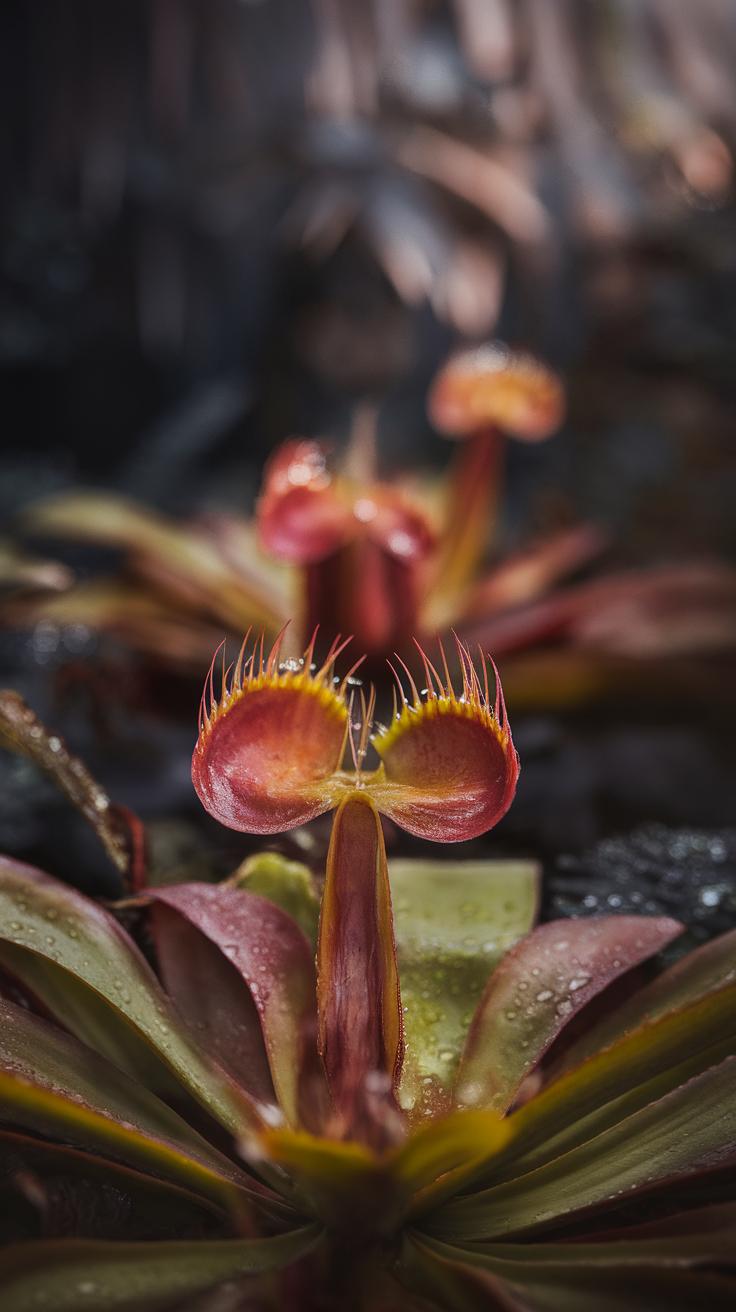
The fascinating world of carnivorous plants showcases nature’s ingenuity in adapting to challenging environments. These remarkable species have evolved unique mechanisms to trap and digest prey, allowing them to thrive in nutrient-poor conditions where traditional plants struggle. Most commonly found in bogs and wetlands, these extraordinary flora exhibit a variety of trapping strategies, including snap traps, pitfall traps, and sticky traps.
Adaptations and Mechanisms
Snap traps, like those of the Venus flytrap, employ rapid movements to ensnare unsuspecting insects. Meanwhile, pitcher plants utilize a fluid-filled cavity to drown their prey. These adaptations are not merely for show; they play a vital role in supplementing the plants’ nutrient intake, which is often lacking in their native soils. By consuming insects, carnivorous plants not only sustain themselves but also contribute to the ecological balance, making them a captivating subject for nature enthusiasts and researchers alike.
Air Plants The Epiphytes
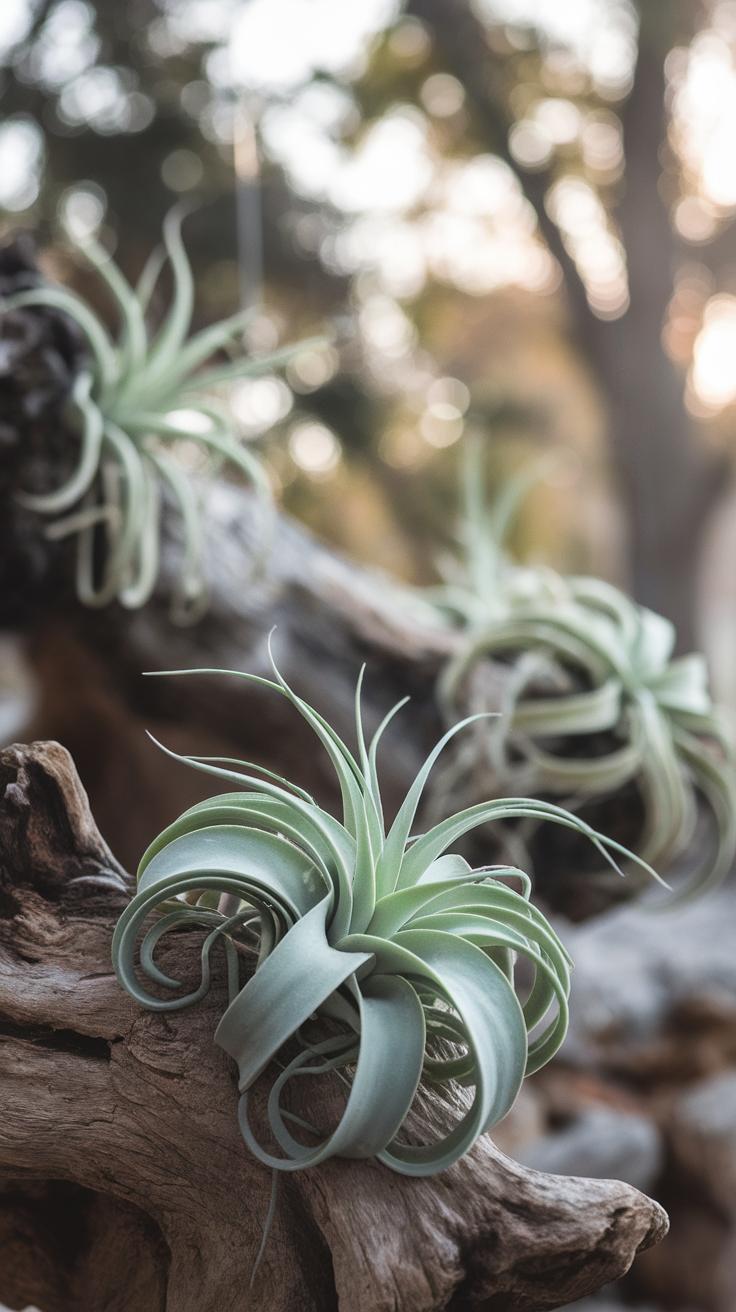
Air plants, scientifically known as Tillandsia, exhibit a fascinating adaptation that enables them to thrive without soil. These remarkable epiphytes grow on other surfaces, such as trees or rocks, extracting moisture and nutrients from the air through specialized leaves. This unique adaptation allows them to inhabit a wide range of environments, from tropical rainforests to arid deserts, showcasing their versatility and resilience.
The Role of Air Plants in Ecosystems
In ecosystems, air plants contribute to biodiversity and serve essential functions. As epiphytes, they create microhabitats that provide shelter for various insects and small animals, promoting a rich interplay of life. Their ability to absorb water and nutrients from the atmosphere assists in regulating humidity and temperature within their surroundings. Additionally, they play a crucial role in photosynthesis, producing oxygen and enhancing air quality. By occupying unique ecological niches, air plants exhibit the beauty and complexity of nature’s interconnected web.
Unusual Flowering Plants Natures Artwork
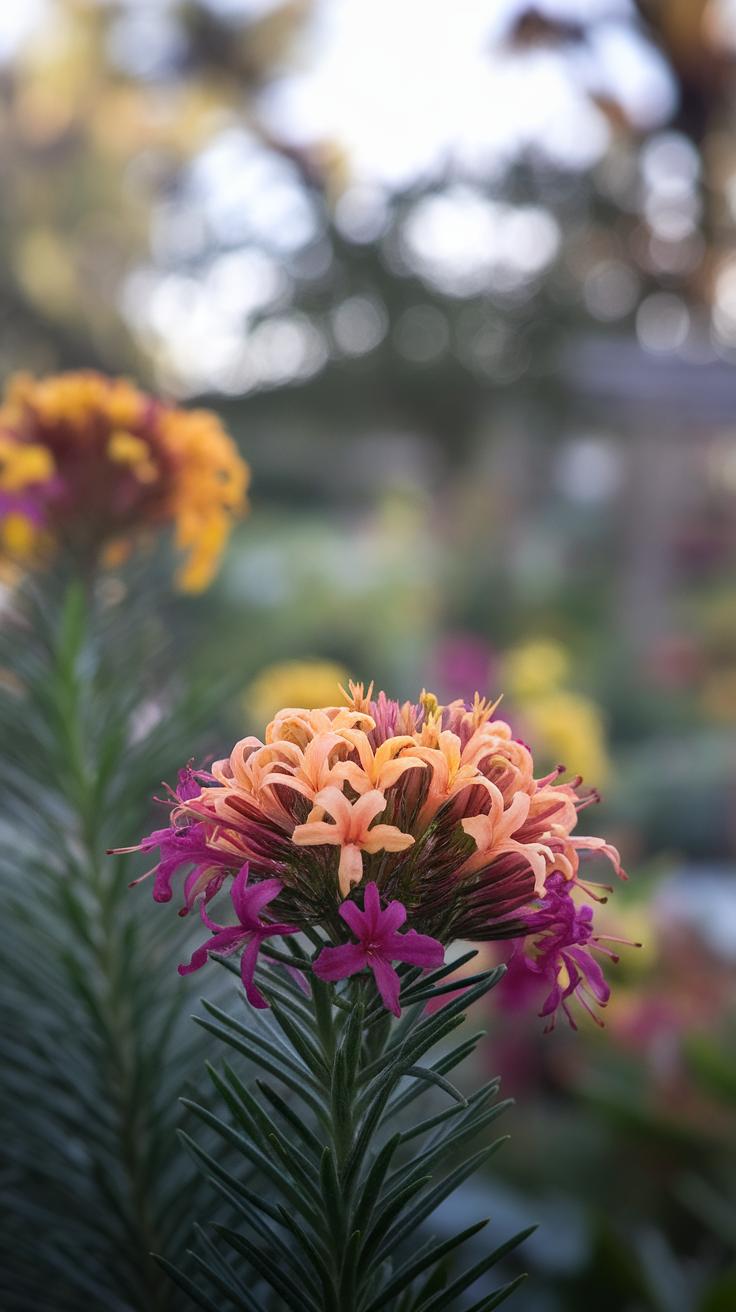
Explore Uncommon Flora
Rarity often hides in the vibrant colors and unique shapes of unusual flowering plants, creating nature’s own artwork. Examples like the Corpse Flower (Amorphophallus titanum) boast towering spikes wrapped in an intriguing, odorous bloom designed to attract pollinators. Its large, fleshy petals mimic rotting flesh, showcasing a remarkable adaptation to lure scavenging insects.
Another captivating specimen is the Blue Lotus (Nymphaea caerulea), with petals reminiscent of an artist’s brush strokes, varying from cobalt blue to soft white. This aquatic perennial thrives in still waters, playing a critical role in its ecosystem by providing shelter and food sources for numerous aquatic species. Such adaptations not only ensure survival but underscore the intricate connections within ecosystems.
Aquatic Plants The Flora of Waterways
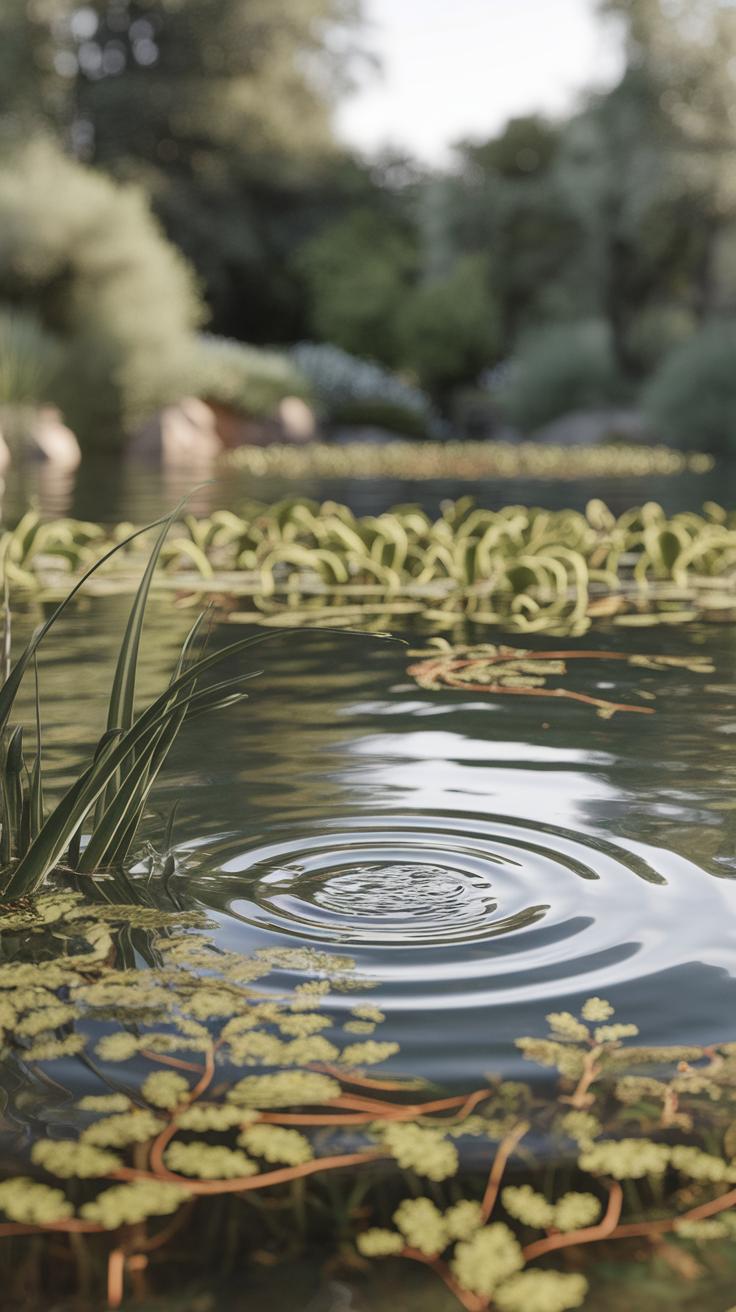
Diversity of Unique Aquatic Plants
Aquatic plants offer a fascinating glimpse into the diverse ecosystems flourishing in lakes, rivers, and wetlands. Species such as the striking water lily, with its large, flat leaves and vibrant blossoms, captivate observers, while the elusive duckweed, a diminutive floating plant, plays a vital role in nutrient cycling. This flora varies from emergent species like cattails to fully submerged plants such as eelgrass, each exhibiting unique adaptations to thrive in a watery environment.
Ecological Roles of Aquatic Flora
The ecological significance of these plants is profound. They provide essential habitats and shelter for various aquatic organisms, from fish to amphibians, enhancing biodiversity. Through photosynthesis, aquatic plants produce oxygen, contributing significantly to the aquatic environment’s health. By stabilizing sediments, they minimize erosion, while their capacity to filter pollutants improves water quality. Together, they underscore the intricate balance of aquatic ecosystems, making their conservation essential for maintaining ecological integrity.
The Use of Unusual Plants in Medicine

Historical and Contemporary Applications
The medicinal applications of unusual plants have a rich history intertwined with both traditional practices and modern science. Various cultures have regarded peculiar flora, such as the striking dragon’s blood tree or the enigmatic corpse flower, as essential components of their healing arts. These plants often contain unique compounds that can have therapeutic benefits, ranging from anti-inflammatory properties to antimicrobial effects. For instance, the latex from the dragon’s blood tree has been used topically to aid wound healing and treat various skin conditions.
Potential Benefits and Future Perspectives
Contemporary research continues to shed light on the potential benefits offered by these unusual plants. Scientists are investigating the unique phytochemicals present in species like the African baobab and its high vitamin C content, which could provide alternative nutritional sources and immune support. As interest grows in natural remedies, the exploration of these unique greens may lead to innovative treatments and sustainable practices in medicine. Their incorporation into modern pharmacology not only honors traditional knowledge but also opens doors to new avenues in health and wellness.
Creating a Garden of Unique Greens
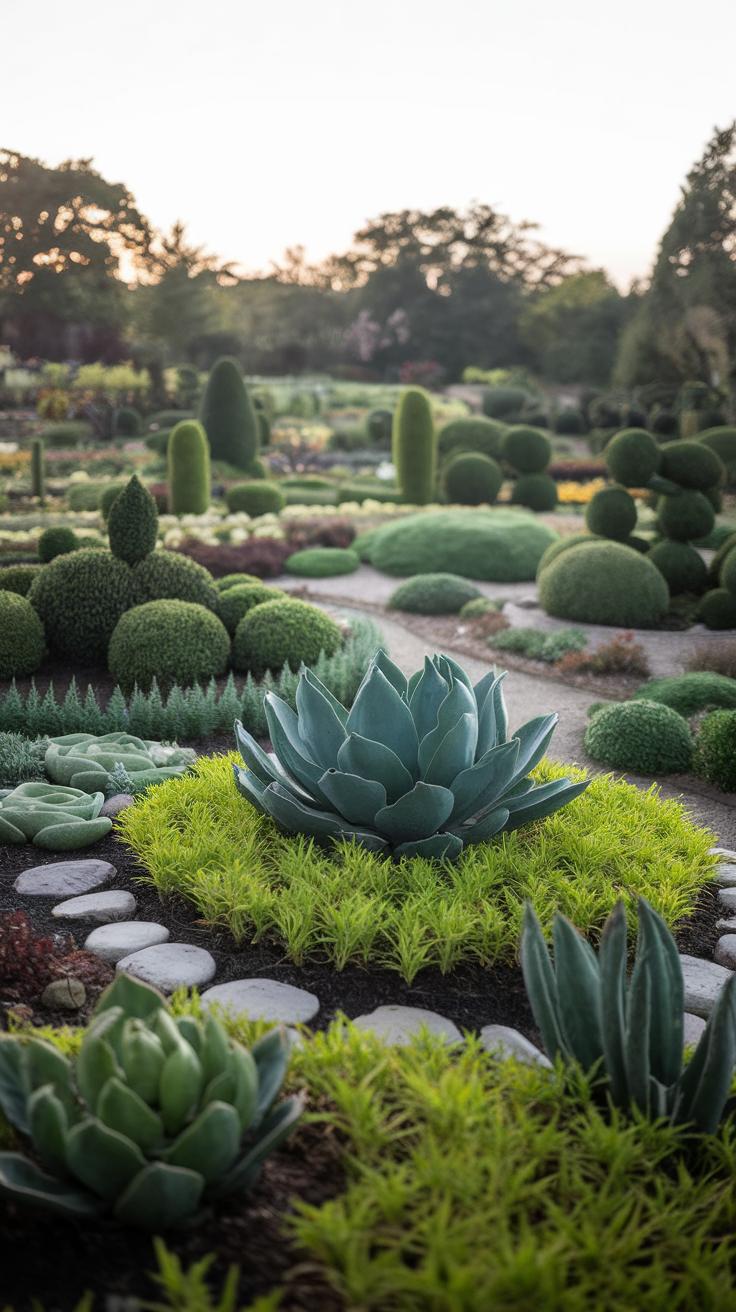
Planning and Design for Unusual Flora
Designing a garden that showcases unusual plants offers a rewarding challenge, requiring thoughtful planning and creativity. Start by assessing your space—consider factors such as sunlight, soil quality, and climate. Sketch a layout that incorporates different zones, allowing for contrasting textures and colors. Incorporate pathways and seating areas that encourage visitors to wander and admire the unique greens. Utilizing vertical space with trellises can create visual interest, making even smaller areas feel expansive.
Plant Selection for Distinctive Gardens
Choosing the right plants is vital in creating an alluring garden of unique greens. Look for species that captivate the senses, such as the vibrant hues of Aloe polyphylla, an architectural succulent. Incorporate Ramie or Bitter Blue ferns for a lush backdrop. Consider edible varieties such as Purple Perilla or Dragon Fruit, which bring both visual appeal and practical use. Research the growth habits and care requirements of each plant to ensure they thrive together, fostering a harmonious and intriguing landscape in your floral retreat.
Conservation of Unusual Plants Protecting Unique Flora
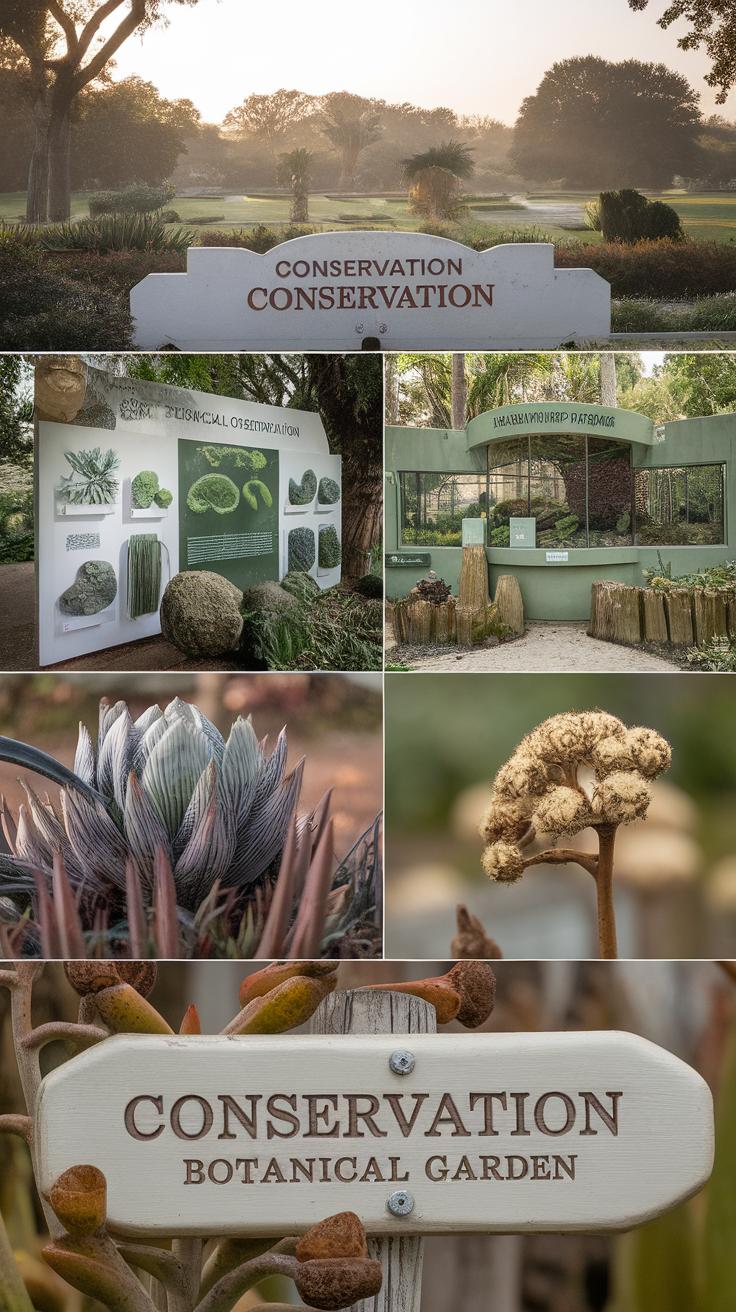
The Vital Role of Unusual Plants in Our Ecosystems
The conservation of unusual plants is paramount to maintaining biodiversity and ensuring ecosystem stability. These unique flora not only contribute to ecological balance but also possess traits that may hold the key to future medicines and agricultural innovations. Disruptions in their habitats lead to a loss of genetic diversity, threatening the resilience of entire ecosystems. Many unusual plants, with specific adaptations to their environments, play irreplaceable roles in supporting local wildlife and sustaining healthy soil.
Threats and Conservation Efforts
Human activities pose significant threats to unusual plants. Urbanization, deforestation, and climate change are rapidly diminishing their natural habitats. Conservation efforts are underway worldwide, with organizations working tirelessly to identify and protect these valuable species. Initiatives include establishing protected areas, restoring degraded ecosystems, and promoting sustainable land-use practices. Education and awareness campaigns also play a critical part in mobilizing local communities to participate in conservation efforts. Protecting these extraordinary plants ensures not only their survival but also the overall health of the planet.
Conclusions
The exploration of unusual plants and unique greens highlights the incredible diversity of the plant kingdom. Each plant we have discussed not only provides aesthetic beauty but also serves critical ecological functions, contributing to the health and stability of their habitats. By welcoming these extraordinary species into our gardens and homes, we cultivate a deeper connection with nature and promote biodiversity in a world increasingly threatened by environmental challenges.
As we continue to discover and appreciate unusual plants, we invite readers to engage in responsible gardening practices. By choosing to grow and support these unique greens, we can nurture the remarkable resilience of nature and ensure that future generations can enjoy the gifts these plants offer. Whether you’re a seasoned gardener or just starting, exploring the world of unusual plants can be a rewarding and enriching experience.


